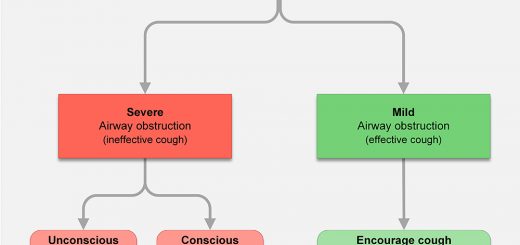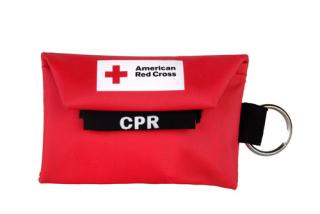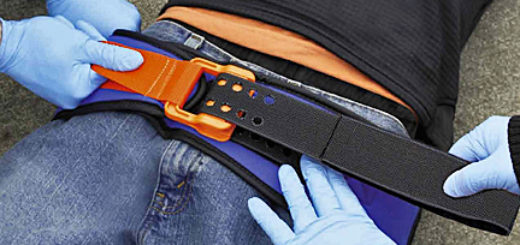Classification of Burn Injury Depth
Burns are characterized, based on the depth of tissue damage and skin response, as superficial (first degree), partial thickness (second degree), or full-thickness (third-degree).

Superficial burns result in only minor tissue damage to the outer epidermal layer only but do cause an intense and painful inflammatory response. The most common injury of this type is “sunburn.” Although no medical treatment is usually required, various medications can be prescribed that significantly speed healing and reduce the painful inflammatory response.
Partial-thickness burns cause damage through the epidermis and into a variable depth of the dermis. These injuries will heal (usually without scarring) because the cells lining the deeper portions of the hair follicles and sweat glands will multiply and grow new skin for healing.
Antibiotic creams or various specialized types of dressings are routinely used to treat these burns and, therefore, appropriate medical evaluation and care should be provided for patients with these injuries. Emergency care of partial-thickness burns involves cooling the burn and covering with a clean dry dressing.
Full-thickness burns cause damage to all layers of the epidermis and dermis. No more skin cell layers are left, so healing by regrowth of epidermal cells is impossible. All full-thickness burns leave scars that later may contract and limit motion of the extremity (or restrict the movement of the chest wall).
Deeper full-thickness burns usually result in skin protein becoming denatured and hard, forming a firm, leatherlike covering that is referred to as eschar.
The body’s normal inflammatory response to the burn injury can result in progressive tissue damage for a day or two following burn injury, which may well result in an increase in burn depth. Rapid cooling is an effective first aid measure to stop the burning process and prevent the burn injury from worsening.





